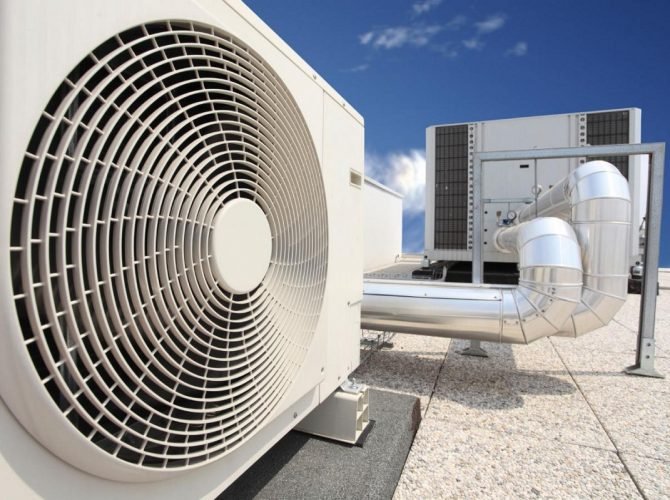Why indoor air quality matters?
People spend 90 % of their time indoors and indoor air is 5 times more polluted than outdoor air. Indoor air quality is a significant concern, because when the hours spent working in offices or at school are added up, people on average spend most of their time indoors where they are repeatedly exposed to indoor air pollutants. The primary sources of indoor exposure are products used such as furnishings, building materials and household and office products, that can emit thousands of volatile organic compounds (VOCs) and particles into the air. Of all that can affect IAQ, chemical emissions are the most harmful as they contribute to a wide range of health hazards.


Poor ventilation
Most of the buildings or indoor spaces are tightly closed and insulated to keep out unconditioned outdoor air. Additionally, ventilation systems are designed to bring in very little outdoor air and instead recirculate the indoor air that has already been heated or cooled. While this strategy is effective for minimizing energy costs, it can have a negative effect on indoor air quality.
Demand Control Ventilation
The more occupants there are in a room or building, the more CO2 is released into the air. To prevent CO2 levels from rising too high, which can have a harmful impact on occupants, fresh air must be brought into the building through a ventilation system to help reduce adversities and provide comfort. But these unnecessarily overburden the ventilation system as well by wasting energy. Ventilation at specific intervals and on need basis, monitored scientifically can help maintain healthy air quality and reduce energy use.







